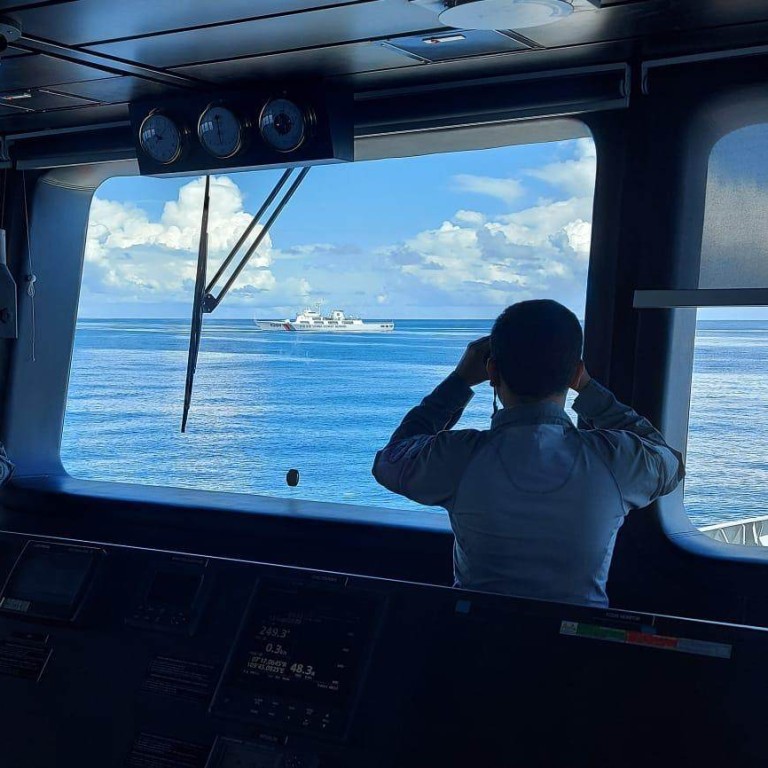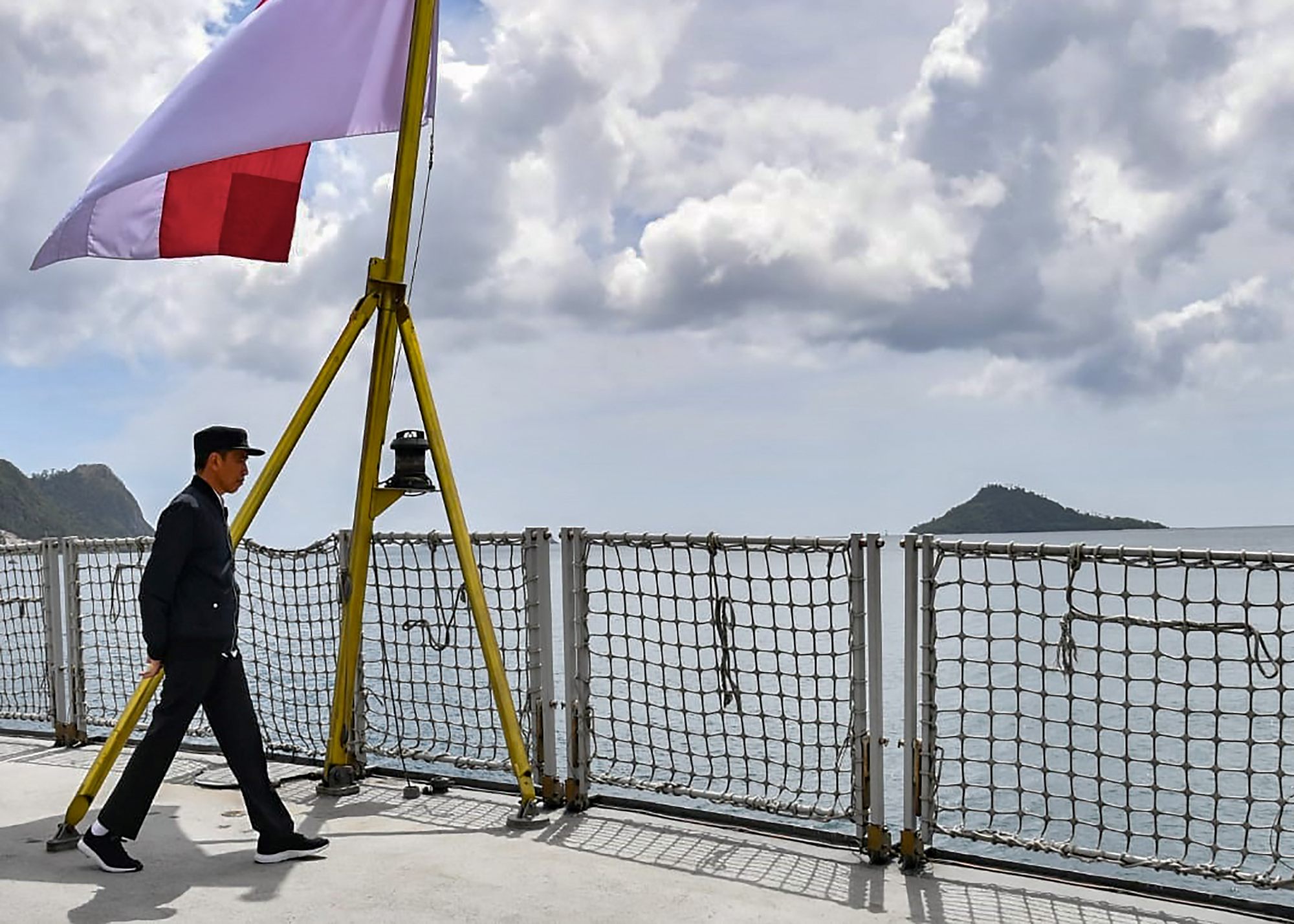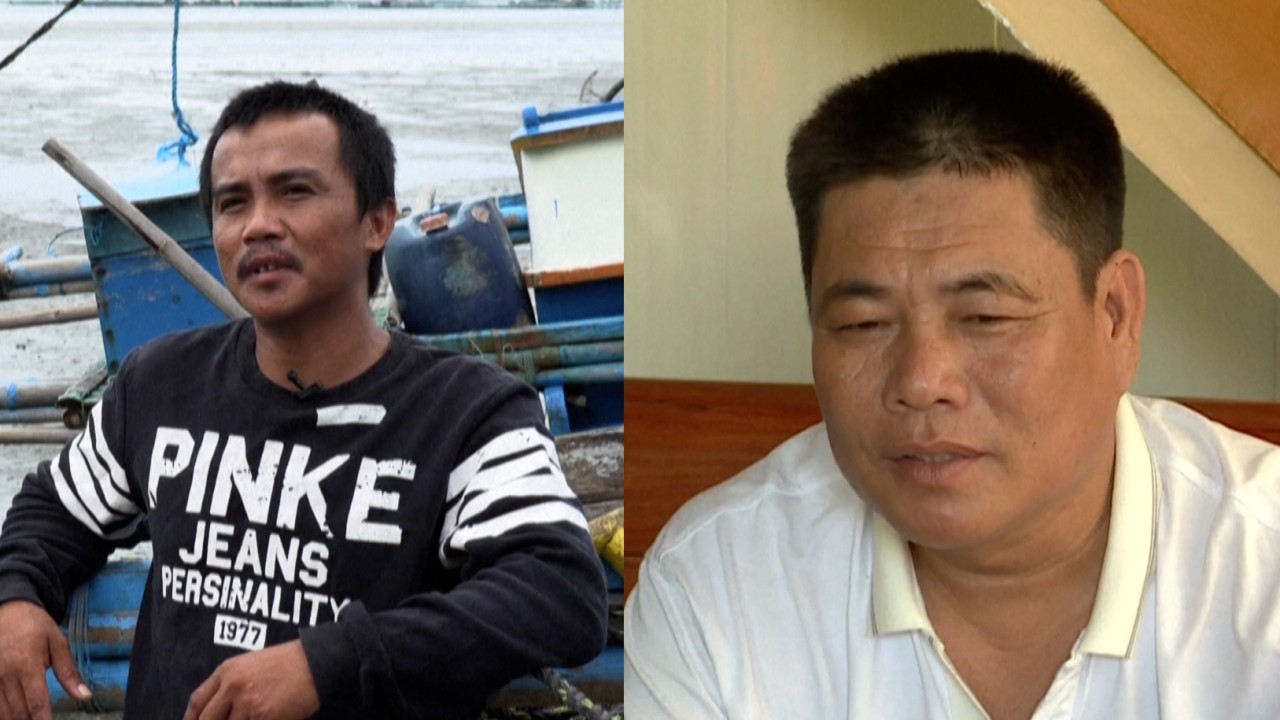
China ‘sending a signal’ by deploying largest coastguard vessels near Indonesia’s Natuna
- Ship tracking data show that the CCG’s leading ship had been patrolling the waters around Indonesia’s resource-rich Natuna Islands
- Experts say the move was likely a ‘signal to both Indonesia and Vietnam’ as they finalised talks to delimit their EEZs in the South China Sea
Last week, reports citing ship tracking data said the Chinese coastguard’s leading ship had been sailing the waters around the Natunas, located north of Indonesia’s province of Riau Islands.
It came as both Jakarta and Hanoi finalised their 12-year negotiation to delimit their overlapping EEZs in the South China Sea, Koh said, noting that the pact was instrumental in facilitating Indonesia’s gas exports to Vietnam, under a deal agreed upon in 2017.
“So this development might have come across as rather disconcerting to Beijing, which has counted on intra-Asean divisions and fissures to prevent the emergence of a united front,” Koh said.
Indonesia asserts authority near South China Sea amid Chinese intrusions
Aan Kurnia, head of Bakamla, told This Week in Asia that his agency is aware of the information that a Chinese coastguard vessel was spotted in the North Natuna Sea.
“Bakamla has monitored the information and has dispersed the information to ministries and agencies in daily briefs, so that ministries with assets there can also check [the situation] directly,” Aan said.
“Bakamla itself is trying to be there soon to show national integrity by being present,” he said, adding that two teams will be deployed to the North Natuna Sea.

In September, a patrol boat operated by the CCG was also detected intruding in the Natuna waters and had allegedly intimidated Indonesian fishermen. While the incident made headlines in local media, Jakarta did not file a diplomatic protest to Beijing, with a Foreign Ministry spokesperson telling reporters at that time that “foreign vessels are allowed to pass” on a coastal country’s EEZ.
Aan told reporters at that time that the vessel had spent at least three days in Indonesian waters, and that they were involved in a stand-off that saw a Bakamla patrol boat interact with its Chinese counterpart from about a kilometre away.
“We wanted them to go because [the water] is part of Indonesia’s exclusive economic zones,” Aan said in September.
What does Beijing want in Indonesia’s Natuna Islands?
SKK Migas spokesperson Mohammad Kemal said the Tuna field was expected to produce 115 million standard cubic feet per day by 2027, with much of it to be exported to Vietnam.
Koh said China also sought to undermine rival parties’ energy development work in the area enclosed by China’s “nine-dash line”.
“[This is] definitely a sign of China’s growing assertiveness, which should also be seen in the broader domestic context of the Chinese leadership’s growing sense of insecurity,” Koh said, in light of Beijing’s economic woes and the pandemic outbreak.
Aristyo Darmawan, lecturer in international law at the University of Indonesia, said there had been some debate on whether CCG’s vessels entering Indonesian EEZ constituted a violation of international law.
Under the United Nations Convention on the Law of the Sea (Unclos), the body of international laws regulating maritime issues and disputes among signatory nations, all countries can enjoy freedom of navigation as long as they are not utilising resources in the EEZ.
“However, I would argue that the China coastguard entering Indonesian EEZ has a potential of violating international law, since it aims to obstruct Indonesia sovereign rights to explore its resources,” Darmawan said.
In 2017, Indonesia renamed the northern reaches of its EEZ in the South China Sea as the North Natuna Sea, as part of pushback against Beijing’s maritime territorial ambitions.
Friends again? Chinese vessels in spat with Indonesia leave Natunas
Koh said there had been a “gradual hardening” in recent years of Jakarta’s position on its South China Sea interests, pointing to efforts by Indonesia in sprucing up its defence capabilities and ramping up its engagement with Japan and the United States.
Recent exercises between Jakarta and Washington such as the Super Garuda Shield held last August or the amphibious exercise in December “are clearly in part at least”, according to Koh, aimed at the South China Sea.
“[It is also] a signal to Beijing against undertaking unilateral drastic actions beyond the muscle-flexing by Chinese maritime presence,” Koh said.
Additional reporting by Reuters



